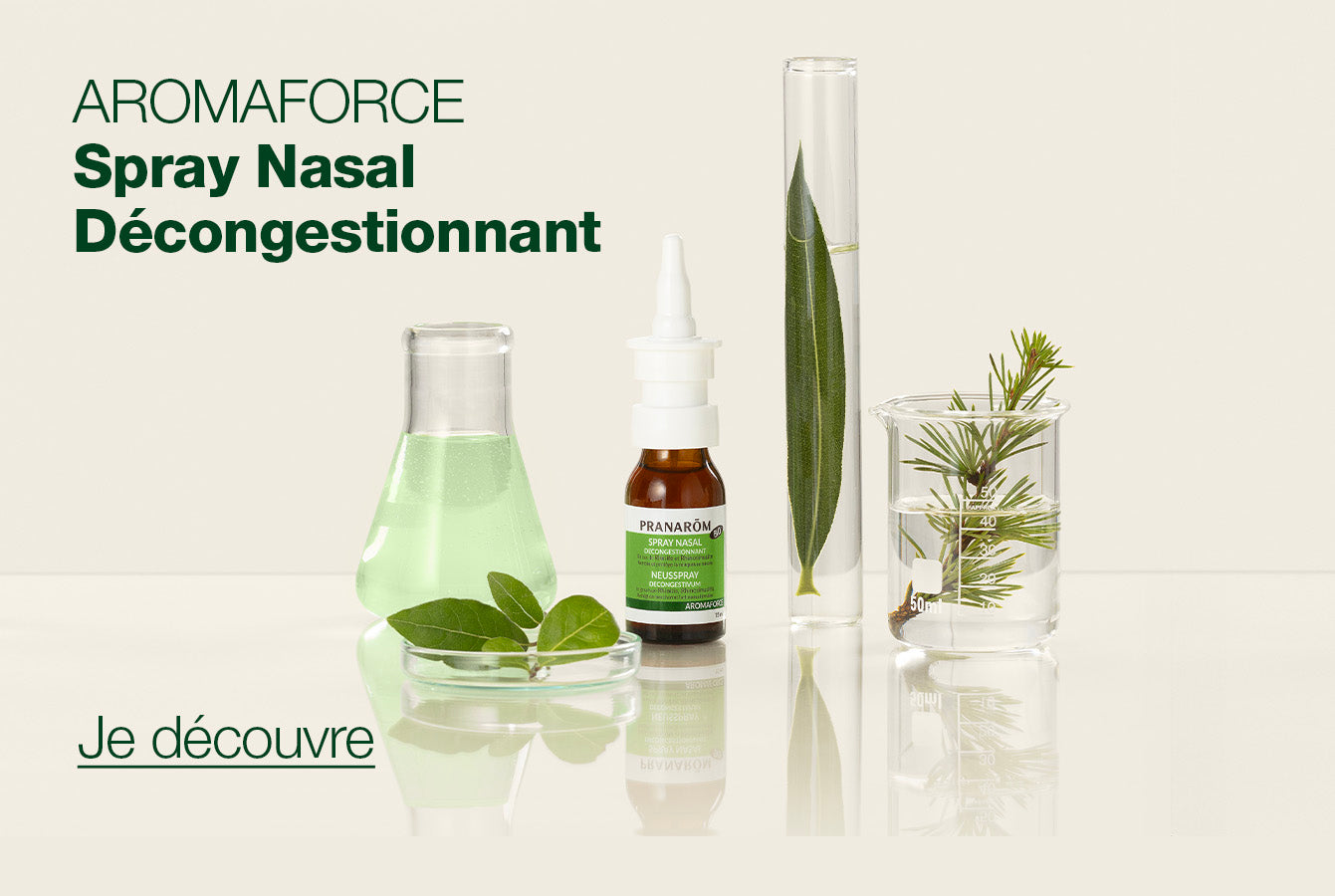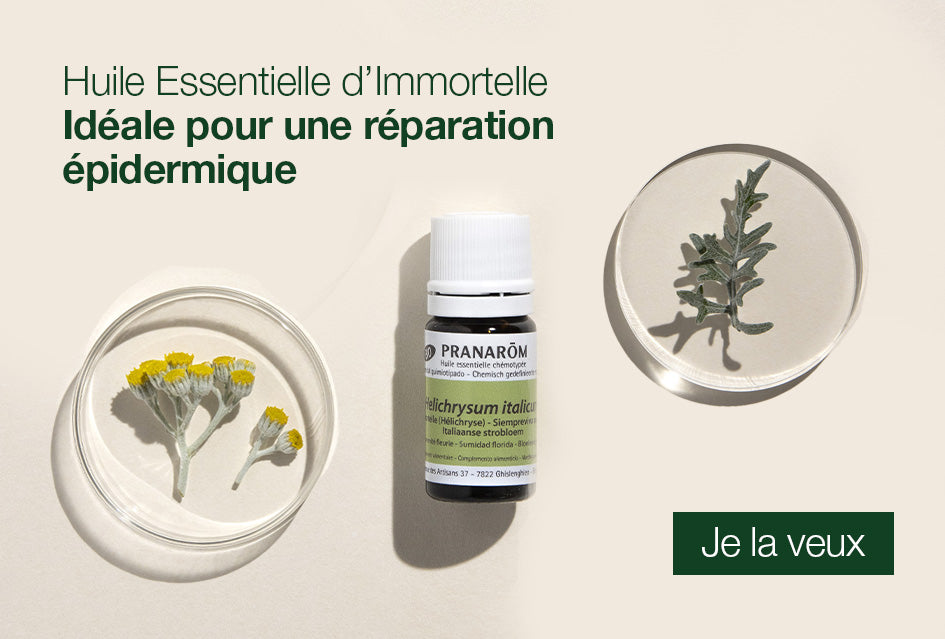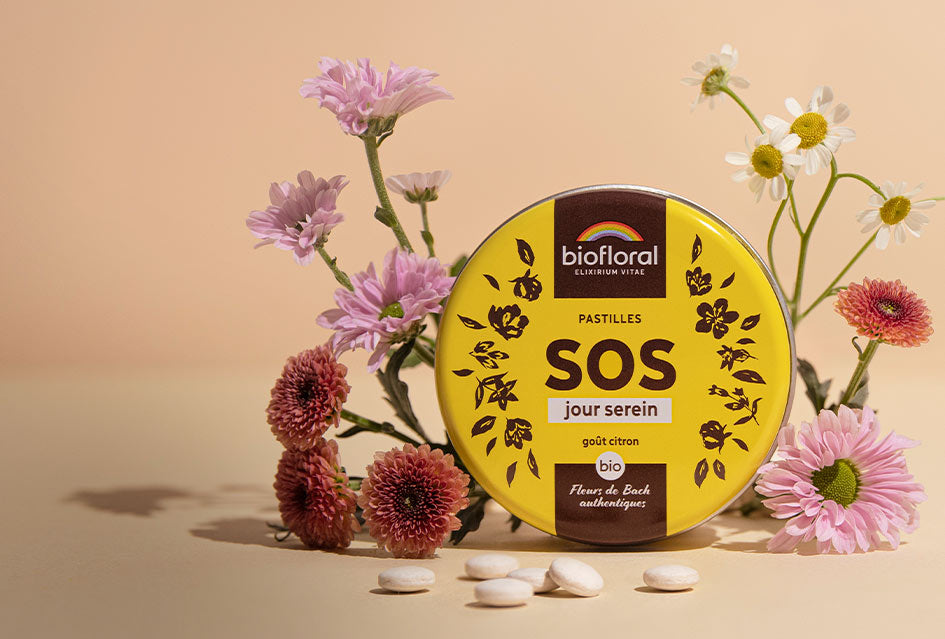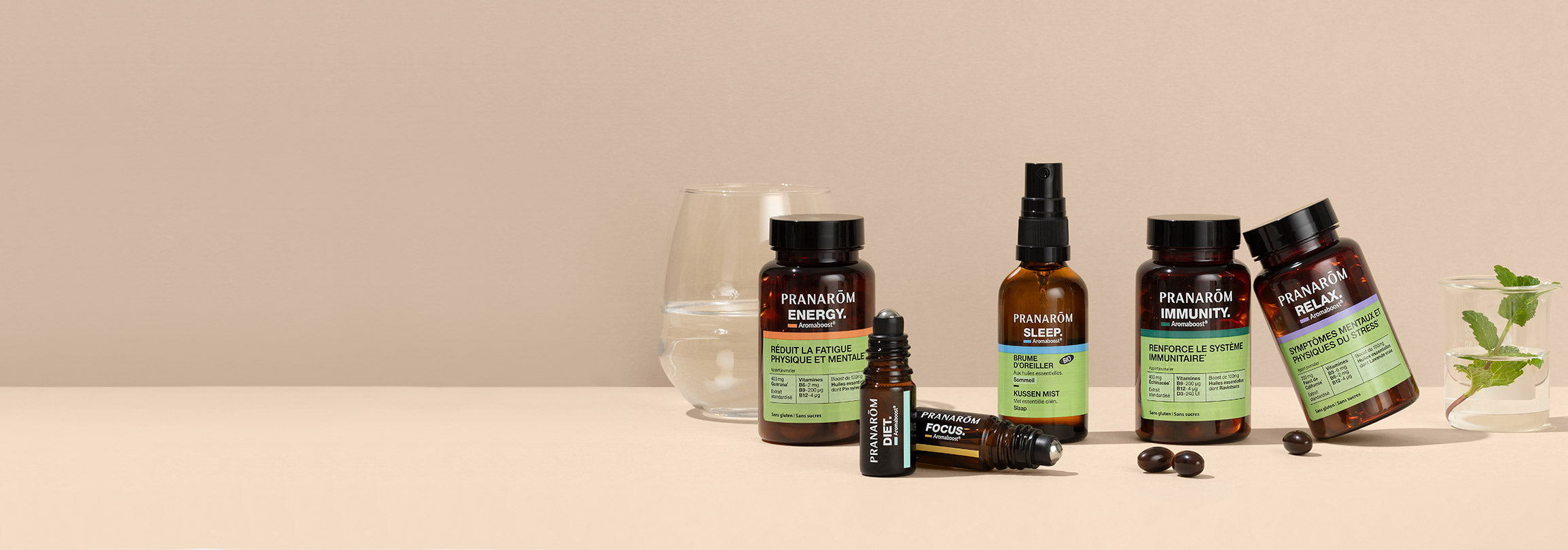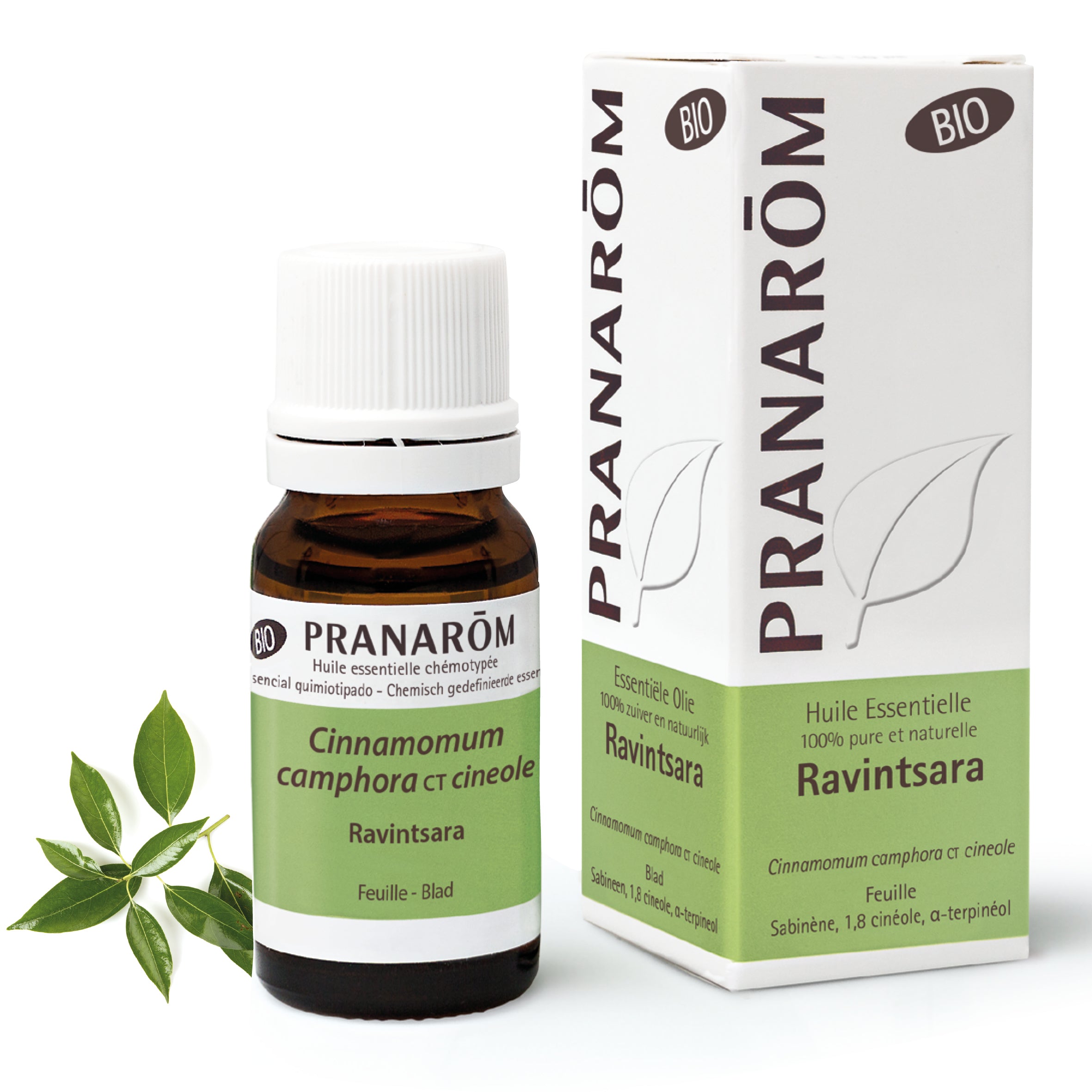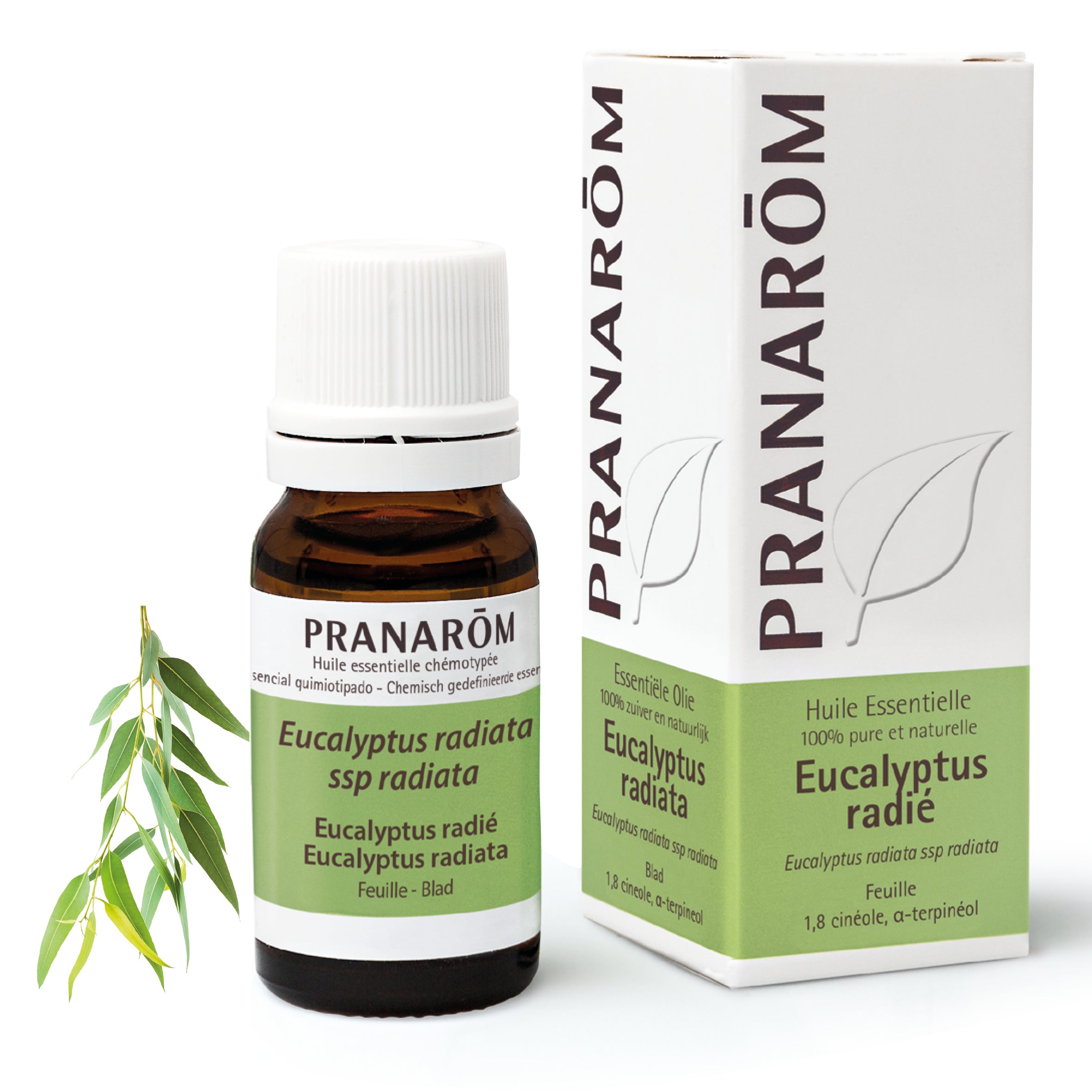Winter, and February in particular, is a particularly good time for flu epidemics.
While vaccines are an effective means of prevention, in the event of an outbreak, synthetic chemistry has little to offer.
So why use essential oils and how can you relieve flu symptoms? Find out all you need to know about this natural remedy.
Essential flu oil: a 100% healthy solution
Paracetamol to bring down fever, painkillers, ascorbic acid (vitamin C), good basic advice such as adequate hydration and a balanced, vitamin-rich diet.
In the face of this poor therapeutic arsenal, certain excesses sometimes occur. And even if they are unfounded, such as prescribing antibiotics "just in case". In this context, anti-flu essential oils can provide real added value.
Anti-flu essential oils are valuable allies in strengthening our natural defences against the flu. The flu is a seasonal viral infection that can cause symptoms such as fever, cough, headaches and fatigue.
Essential oils, extracted from plants, offer a natural way to relieve flu symptoms and support general health.
Essential oils effective against the flu include ravintsara, eucalyptus, tea tree and radish.
Ravintsara has antiviral properties that can help fight the virus responsible for the flu. Eucalyptus and tea tree have antiseptic and decongestant properties, making them a wise choice for relieving flu symptoms such as coughing and nasal congestion. Radie, on the other hand, boosts the body's immune defenses.
To use anti-flu essential oils, we recommend diluting them in a vegetable oil and applying them topically, by massaging a few drops on the chest or inhaling the vapors.
Essential oils should be used with caution, especially by children, pregnant or breastfeeding women, and people with pre-existing health problems. It is always advisable to consult a health professional before using essential oils to treat the flu.
Natural solutions
In homeopathy, Oscillococcinum has become essential to the general public. Oligotherapy recommends copper with success. Phytotherapy combines the power of echinacea on immunity with vitamin C contained in acerola. While apitherapy recommends propolis thanks to its benefits on our natural defenses. Propolis which, combined with essential oils, multiplies the active ingredients.
In the field of natural therapies, aromatherapy is an exception. Its active compounds act for the most part according to the same logic as allopathic solutions. That is to say directly on the pathogen but also on the symptoms of the condition. Better yet, each Essential Oil represents in itself a wide range of aromatic molecules. These combine in active synergies to obtain formidable efficiency .
Prevention with Essential Oils
It is always useful to remember the importance of basic hygiene concepts. Wash your hands several times a day, avoid physical contact with potentially infected people, and pay particular attention to the quality of your sleep and diet.
At the same time, prevention operates mainly on 2 fronts:
Clean the air
By diffusing Ravintsara and/or Eucalyptus Essential Oils with a cold diffuser or the Strength and Vitality diffuser blend.
Stimulate the individual's natural defenses:
Opt for the Nose-Throat Capsules or the Bronchial Capsules depending on your sensitivity area, at a rate of 1 to 2 capsules before the morning and evening meal.
For skin application, apply the Natural Defense Solution with local friction. 3 to 5 drops on the wrists, chest or back, 2 to 3 times a day. This synergy can also be diffused into the air to purify it.
Essential oils and flu: precautions to take
Be careful to scrupulously respect the distribution rules.
For children (6 to 12 years old), be sure to dilute the essential oil mixture applied in the same quantity of vegetable oil.
To support the natural defenses of little ones (from 3 months to 36 months), Pranarôm has specially created the PranaBB Natural Defenses solution . Apply 2 to 3 drops of the mixture to each arch of the foot, twice a day. For a child aged 3 to 6 years, this dose can be doubled.


